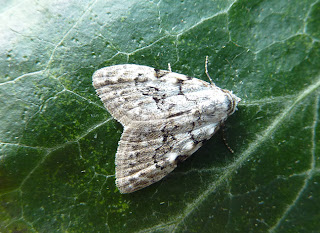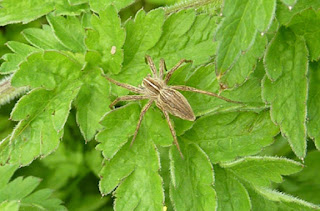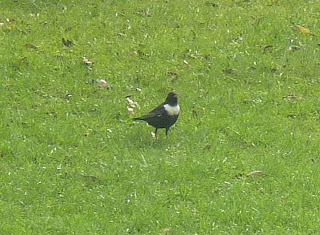Sod the Godwits, it's a Phyllobius pomaceus

Beddington Sewage Farm once again provided today's entertainment. The promised rain did not materialise, so therefore a diurnal wader and tern passage did not materialise either - apart from the two Barwits that flew through when I had deserted the lakeside and was off doing my botanical survey... I'm getting a reputation as an unlucky birder down at the farm. It seems that whenever I wander off something happens (Bearded Tit, White-fronted Goose and Waxwing have all appeared briefly only to depart before I have returned) - all of them are all good local birds. All was not lost though, as my assistant botanical recorder, Frankie 'Hoary Cress' Prater showed me a weevil on the nettles. I even keyed it out and feel confident in naming it Phyllobius pomaceus . That's the boy in the photograph above. The rest of the Beddington Bird Group are taking part in the annual bird race tomorrow, whereas I will be attending a barbeque in Shooter's Hill. My only decision t...








